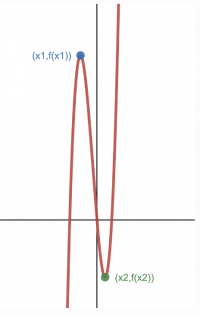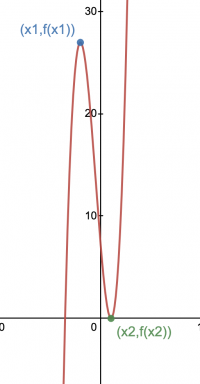vilgeforc5
New member
- Joined
- Jun 13, 2022
- Messages
- 3
Hello everyone! I have got this task:
Find multiple roots (repeated roots) of a polynomial ?3−(1−2?)?2−(?2−2?)?+?2 depending on the real parameter a.
My idea was to factorize the polynomial using the Euclidean algorithm, but I was unable to do it , because it's becoming larger and larger every single step and I don't know what to do..Could anyone help me or give me a hint?
Find multiple roots (repeated roots) of a polynomial ?3−(1−2?)?2−(?2−2?)?+?2 depending on the real parameter a.
My idea was to factorize the polynomial using the Euclidean algorithm, but I was unable to do it , because it's becoming larger and larger every single step and I don't know what to do..Could anyone help me or give me a hint?


